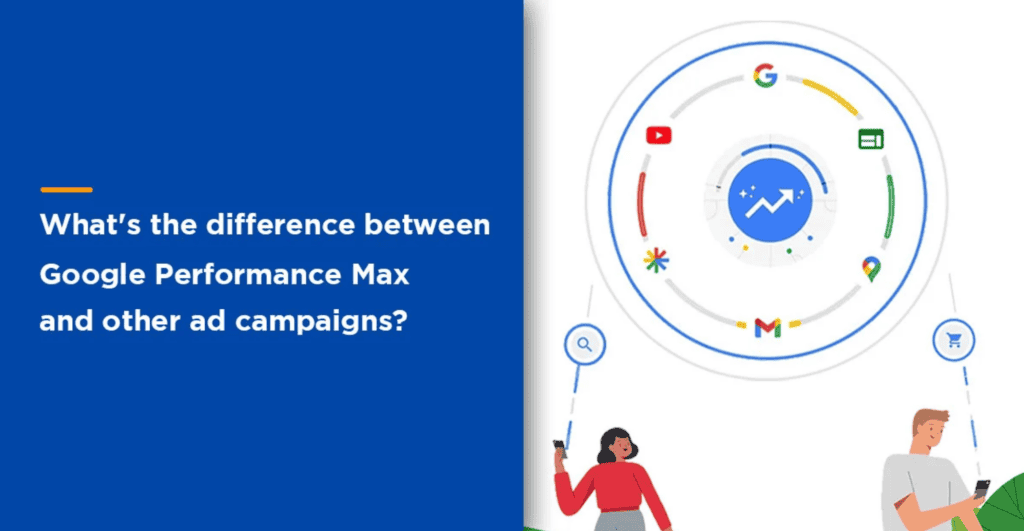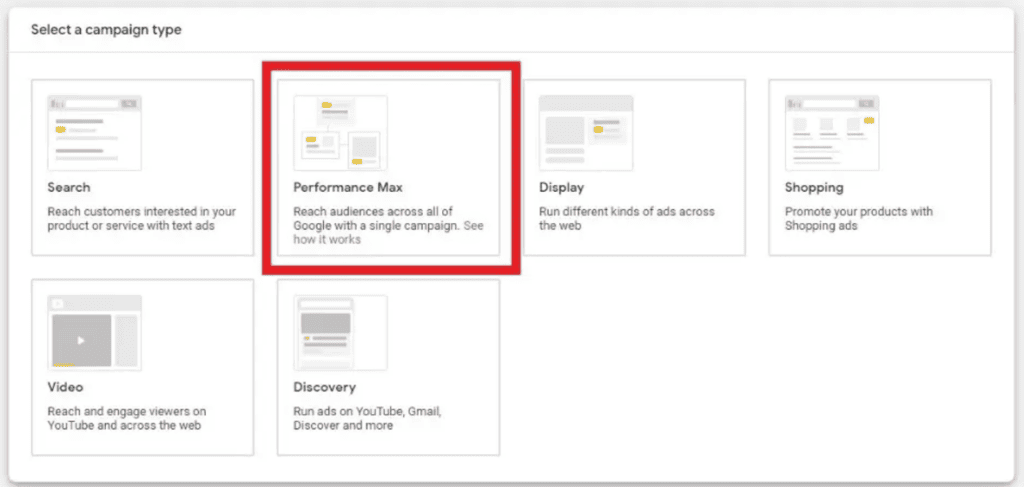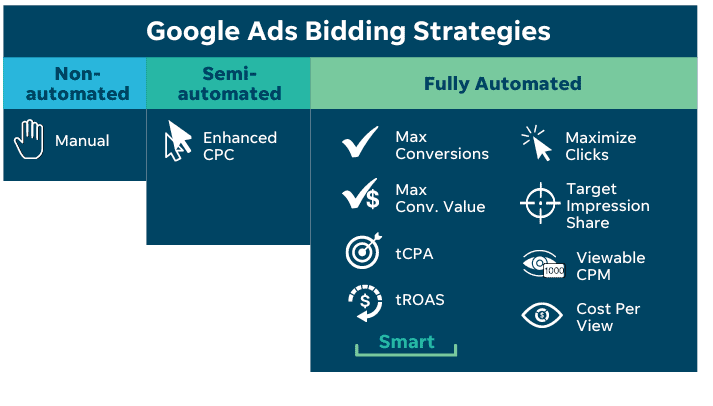Want to level up your Google Ads game? Performance Max campaigns are the way to go. These next-level campaigns use AI to boost your results across Google’s ad network.
Performance Max campaigns help you reach more customers and get better returns on your ad spend. They combine the best of Google’s machine learning with your business goals. You set the objectives, and the system does the heavy lifting.
Ready to dive in? This guide will show you how to set up and run Performance Max campaigns like a pro. You’ll learn tips and tricks to make your digital advertising more effective. Whether you’re new to Google Ads or a seasoned pro, there’s something here for you. Let’s get started!
Unlocking the Basics of Performance Max Campaigns
Performance Max campaigns are Google’s newest ad type that uses AI to boost your results. They work across Google’s platforms to reach more customers and get better returns on your ad spend.

Defining Performance Max
Performance Max is a goal-based campaign type that aims to maximize your conversions. It uses Google’s machine learning to show your ads to the right people at the right time.
These campaigns run on all of Google’s advertising channels. This includes Search, Display, YouTube, Gmail, and more. You provide the assets, like images and text, and set your goals.
Google’s AI then mixes and matches these to create ads. It shows them where they’re most likely to perform well. This hands-off approach saves you time and often improves results.
How Performance Max Differs from Other Campaign Types
Performance Max stands out from other Google Ads campaigns in a few key ways. First, it’s more automated. You don’t choose keywords or placements like in traditional campaigns.
Instead, you set your goals and budget. The AI handles the rest. This can be great if you’re short on time or new to ads.
Another difference is its reach. Performance Max can show your ads almost anywhere Google has ad space. This wide net can help you find customers you might miss otherwise.
It also uses more types of ads than most campaigns. You might see your ads as videos, images, or text across different sites and apps. This variety can help you connect with more people.

Setting Up for Success: Campaign Creation and Settings
Creating a Performance Max campaign requires careful planning and configuration. The right setup can make a big difference in your results. Let’s look at how to craft your campaign goal and adjust key settings.

Crafting Your Campaign Goal
Your campaign goal is super important. It tells Google what you want to achieve. Pick from options like sales, leads, or website traffic. Make sure it matches your business objectives.
For an online store, you might choose “Sales” to boost purchases. A service business could go for “Leads” to get more inquiries. If you just want more people on your site, “Website traffic” is your best bet.
Be specific when setting up conversion actions. Link them to your goal. This helps Google’s AI find the right customers for you.
Configuring Campaign Settings
Now, let’s dial in your settings. Start with your budget. Think about how much you can spend each day or month. Don’t worry – you can change this later.
Pick your target locations. You can go broad or focus on specific areas. Choose languages that match your customers.
Set your bid strategy. “Maximize conversion value” works well if you know your profit margins. “Maximize conversions” is great for lead generation.
Add negative keywords to avoid wasting money on irrelevant searches. Use audience signals to give Google hints about your ideal customers. This helps kickstart your campaign’s learning phase.
Optimization and Machine Learning
Performance Max campaigns use smart technology to get better results. They learn from data to show your ads to the right people at the right time.
Leveraging Machine Learning Algorithms
Machine learning helps your ads perform better. It looks at lots of signals like location, time, and device type. This helps predict which users are most likely to convert.
The algorithms test different ad combinations. They figure out what works best for your goals. Over time, they get smarter and improve your results.
You can help by giving the system good data. Upload high-quality images and write clear ad copy. The more info you provide, the better the machine learning can work for you.
Conversion Tracking and Optimization
Tracking conversions is key to success. You need to set up conversion goals that match your business objectives. These could be purchases, sign-ups, or calls.
Make sure your conversion tracking is accurate. Use Google tags or work with a developer to set it up right. The system uses this data to optimize your campaigns.
You can set different values for different conversions. This helps the algorithm focus on your most important goals. Keep an eye on your conversion data and adjust as needed.
Remember, optimization takes time. Give your campaigns a few weeks to learn and improve. You’ll see better results as the machine learning gathers more data.
Creating Impactful Ads: Headlines and Descriptions
Eye-catching ads are key to Performance Max success. Strong headlines and descriptions grab attention and drive clicks. Let’s explore how to craft compelling ad content.
Developing Compelling Ad Creatives
Your ad creative assets are crucial. Use high-quality images that showcase your products or services. Bright, clear photos work best. Try to include people using your offerings.
For headlines, keep them short and punchy. Use action words to create urgency. “Get 50% Off Today!” or “Try Free for 30 Days” can boost clicks. Include your main keyword and unique selling points.
Descriptions should expand on your headlines. Highlight benefits, not just features. “Save time and money with our easy-to-use app” is more compelling than “Our app has many features.”
Remember to:
-
- Use a clear call-to-action
-
- Match your ad text to your landing page
-
- Test different versions to see what works best
Best Practices for Responsive Ads
Responsive ads adjust to fit different ad spaces. This means you need various asset sizes. Create multiple headlines (3-5) and descriptions (2-4) for each ad.
Keep your message consistent across all versions. Use similar language and tone. This helps build brand recognition.
Make sure each headline can stand alone. They might show up without the description. Your main message should be clear from the headline alone.
Tips for responsive ads:
-
- Use different lengths for headlines and descriptions
-
- Include your keywords in various assets
-
- Avoid repetition between headlines and descriptions
Test your ads on different devices. Make sure they look good on both desktop and mobile. Adjust as needed for the best performance.
Driving Results: Budgets, Bidding, and Beyond
Setting the right budget and choosing smart bidding strategies can make a big difference in your Performance Max campaigns. Let’s look at how to manage your ad spend and pick the best bidding options for your goals.

Budget Allocation and Control
You’ll want to split your money wisely across campaigns. Start by looking at past data to see which products or services sell best. Put more cash into those high-performing areas.
Keep an eye on daily spending. If you blow through your budget too fast, you might miss out on later sales. Try spreading it out evenly at first.
Don’t forget about seasonal trends. Bump up your budget during busy times like holidays or sales events. You can always dial it back during slower periods.
Test different budget levels to find your sweet spot. Sometimes spending a bit more can lead to way better results.
Understanding Bidding Strategies
Picking the right bidding strategy is key to getting the most bang for your buck. Google offers a few main options for Performance Max.
Maximize Conversions aims to get you the most sales or leads possible within your budget. It’s great if you just want more customers, no matter the cost.
Maximize Conversion Value focuses on getting the highest total value from your sales. This works well if you sell products at different price points.
Both use smart, automated bidding to adjust your bids in real-time. They look at tons of signals to decide when and how much to bid.
Start with one strategy and give it time to learn. It usually takes a few weeks to see the best results. Don’t be afraid to switch it up if you’re not happy with the outcome.







